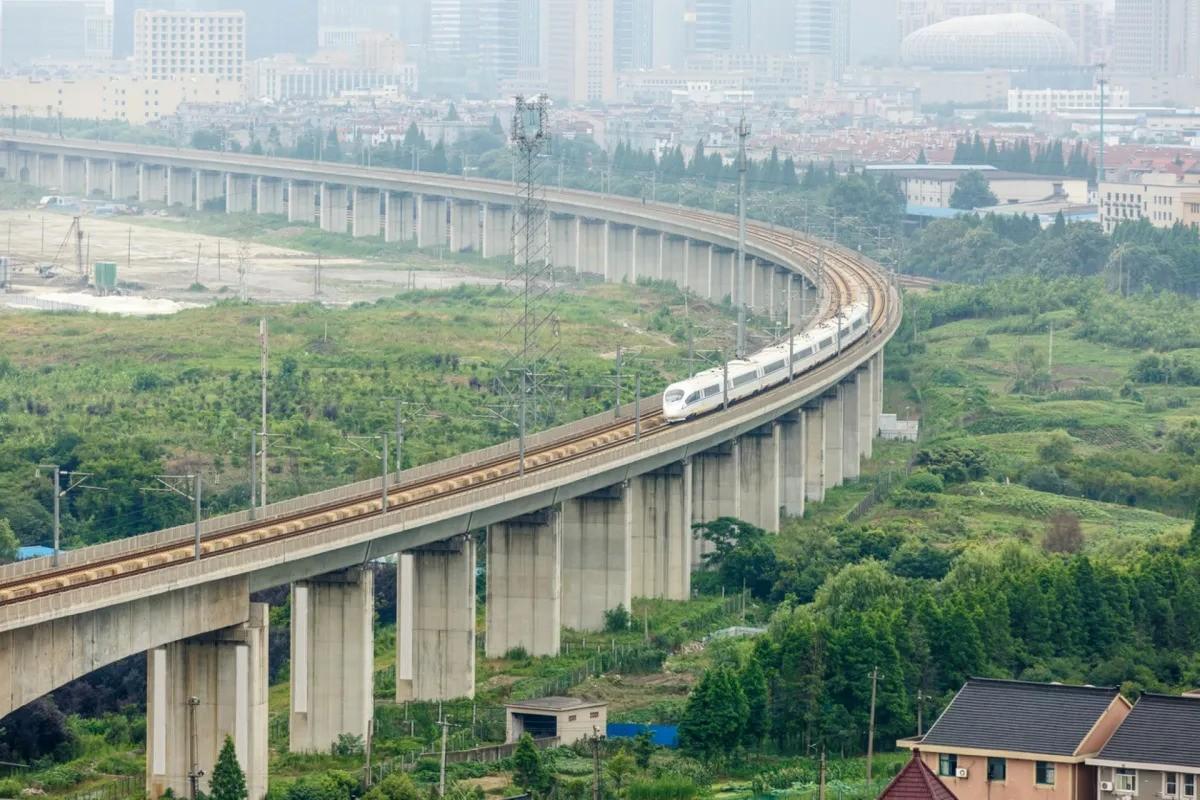China’s pioneering Hangzhou-Shaoxing-Taizhou high-speed railway, established as the country’s first private-public partnership (PPP) funded rail, recently commemorated its second anniversary. Over the two years, the railway has efficiently facilitated more than 20 million passenger trips, experiencing a notable surge from 35 pairs of trains per day initially to the current 59 pairs, reaching 60 pairs during peak seasons. The railway marked a milestone by delivering 15 million passenger trips in 2023, a remarkable 200 percent increase from the previous year.
This 165-mile rail, located in eastern China, connects Hangzhou to Taizhou, encompassing approximately 10 national tourist attractions with the highest 5A-level ratings and over 30 national 4A-level tourist attractions.
The development of the Hangzhou-Shaoxing-Taizhou railway has not only enhanced transportation but also significantly stimulated the tourism economy along its route, as acknowledged by Zhu Shibei, deputy director of the Railway Institute of Zhejiang Development Planning.
Uniquely, this high-speed railway is partially privately owned, with a consortium led by the Fosun Group holding a 51% stake. Costing $7 billion to construct, it stands as China’s first privately-funded rail through a PPP.
Operating at speeds of nearly 220 miles per hour, the railway has proven attractive to passengers, providing benefits for both commuters and the environment. High-speed rail is recognized for its lower pollution levels and reduced fuel consumption compared to cars or planes.
This success story in China has inspired the United States to embark on similar endeavors. The Bipartisan Infrastructure Law, signed by President Biden in 2021, allocates $8.2 billion for ten major passenger rail projects, including ambitious high-speed rail connections between various cities.
These initiatives signal a commitment to modernizing the U.S. rail network, drawing parallels with China’s rapid development of its high-speed rail system within two decades. There is optimism that, with sustained commitment, the U.S. can achieve comparable success, fostering a more sustainable and efficient future in transportation.

